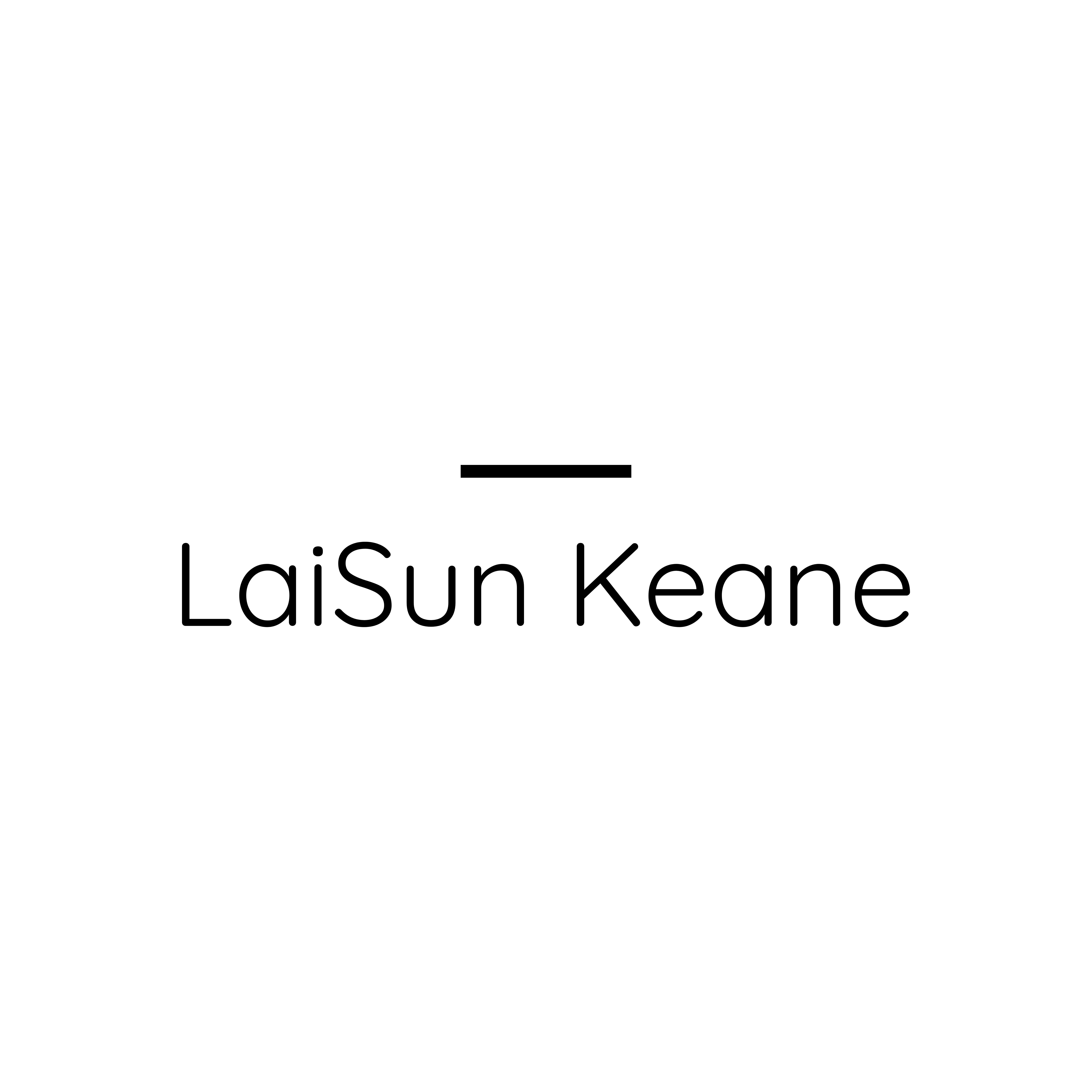The 1913 Armory Show introduced European Post-Impressionist and Avant-Garde aesthetics to the American audiences. At the same time, America was facing rapid changes from industrialization, mass immigration, and cultural fusion, creating the foundations of modernism. “It without question set American artists on a new trajectory— color, light and form,” Mark Brock, president and founder of Brock and Co., said.
American artists had two major responses to modernism: realism and abstraction. Realism was not distinct in its technique, but rather in its close documentation of everyday life and a growing suburbia. This can be seen in Edmund Lewandowski’s watercolors — sharp lines and geometric shapes that form a boat and an industrial shipping dock. Other representational artists such as Bluemner and Milton Avery toed the line of abstraction, but painted vignettes of landscapes and working class people in the East Coast.
After World War II, American artists continued to preserve avant-garde sensibilities through Abstract Expressionism. Stuart Davis and Fannie Hillsmith pushed the boundaries of color and form— Davis through his jazz and advertising influences, Hillsmith through her Cubist motifs.
“Non-representational art is both interpretative and a departure from traditional styles,” Brock said. “The composition becomes so distorted from reality the viewer can interpret as they wish.”
Consumerism and counterculture in the later half of the 20th century gave rise to Pop and Feminist Art. Deborah Kass and Hannah Wilke spearheaded the feminist movement by celebrating sensuality and empowerment in their work. While the two artists have contrasting visual styles, both dare to question where women stand in fine art and in a post-war society.
88 Years thus strives to highlight the spontaneous, dimensional nature of America in the past century. From intimate works on paper to bold collages, it is a dialogue between artists about living in a promise of progress and change.
List of Artists:
Milton Avery
Sally Avery
Will Barnet
Oscar Bluemner
Blythe Bohnen
Joe Brainard
Stuart Davis
Jane Freilicher
Gregory Gillespie
Fannie Hillsmith
Deborah Kass
Edmund Lewandowski
Sol LeWitt
Mavis Pusey
Robert Rauschenberg
Hannah Wilke
Inquire:
Email: laisun@laisunkeane.com
PRESS RELEASE
Sept. 24, 2023, BOSTON – LaiSun Keane is pleased to showcase a new exhibition opening on October 6th, through October 29th, 2023, titled 88 Years: A Survey of Contemporary American Art organized by Brock and Co. The exhibition features works completed between 1911-1999, exploring the visual and cultural themes of modern movements such as Pop Art, Abstract Expressionism, and Feminist Art. Some notable artists on display include Sol LeWitt, Robert Rauschenberg, Deborah Kass, Stuart Davis, and Hannah Wilke.
The 1913 Armory Show introduced European Post-Impressionist and Avant-Garde aesthetics to the American audiences. At the same time, America was facing rapid changes from industrialization, mass immigration, and cultural fusion, creating the foundations of modernism. “It without question set American artists on a new trajectory— color, light and form,” Mark Brock, president and founder of Brock and Co., said.
American artists had two major responses to modernism: realism and abstraction. Realism was not distinct in its technique, but rather in its close documentation of everyday life and a growing suburbia. This can be seen in Edmund Lewandowski’s watercolors — sharp lines and geometric shapes that form a boat and an industrial shipping dock. Other representational artists such as Bluemner and Milton Avery toed the line of abstraction, but painted vignettes of landscapes and working class people in the East Coast.
After World War II, American artists continued to preserve avant-garde sensibilities through Abstract Expressionism. Stuart Davis and Fannie Hillsmith pushed the boundaries of color and form— Davis through his jazz and advertising influences, Hillsmith through her Cubist motifs.
“Non-representational art is both interpretative and a departure from traditional styles,” Brock said. “The composition becomes so distorted from reality the viewer can interpret as they wish.”
Consumerism and counterculture in the later half of the 20th century gave rise to Pop and Feminist Art. Deborah Kass and Hannah Wilke spearheaded the feminist movement by celebrating sensuality and empowerment in their work. While the two artists have contrasting visual styles, both dare to question where women stand in fine art and in a post-war society.
88 Years thus strives to highlight the spontaneous, dimensional nature of America in the past century. From intimate works on paper to bold collages, it is a dialogue between artists about living in a promise of progress and change.
The exhibition will be on view Oct 6 - 29, 2023 at LaiSun Keane, 460C Harrison Ave C8A, Boston MA 02118. An Opening Reception will be held on October 6th from 5-8pm. For more information, please visit the gallery’s website or contact us at info@laisunkeane.com
About Brock and Co.
Founded by Mark Brock over 30 years ago in Boston, MA, Brock and Co, has placed many important American art in private collections and public institutions.








